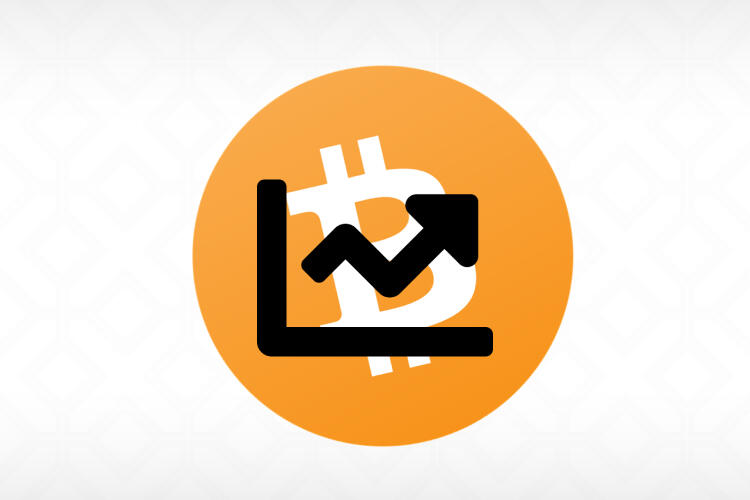
Bitcoin investors are often faced with the challenge of predicting future price movements, which can be difficult, as many factors can affect the price of Bitcoin. However, by using risk measures, investors can better understand what to expect in the future. Technology has made crypto trading more accessible. You can even buy cryptocurrency online, trade and access more tools at your disposal. By doing so, investors can make more informed decisions about their investments. This blog post will examine how to forecast Bitcoin risk measures using a robust approach.
Bitcoin and cryptocurrency
Bitcoin is one of the most revolutionary digital trends in recent years.
Often referred to as a form of digital gold, Bitcoin is a form of cryptocurrency that operates as a decentralized digital currency on a distributed ledger.
Cryptocurrency is used worldwide by individuals and businesses looking for an alternative form of payment without relying on central banking systems. Bitcoin and other cryptocurrencies have revolutionized how people think about money, allowing them to become their own bank while avoiding hefty fees associated with traditional finance services. The future promises many exciting changes in how one can use Bitcoin and other cryptocurrencies, making them accessible to everyone regardless of location or economic standing.
Risk measures
Risk measures are an essential concept in the world of finance and economics, as they allow us to assess and quantify the potential risk associated with certain investments or decisions. Risk measures generally indicate what could potentially happen should specific outcomes arise — providing investors with a far greater insight into their investments than would otherwise be available.
Furthermore, risk measures often confer greater peace of mind to investors by formalizing an understanding of future performance implications on any given investment decision; this allows for more informed decision-making and improved long-term financial stability.
A robust approach to forecasting Bitcoin risk measures
A robust approach to forecasting Bitcoin risk measures should include multiple analytical tools and data sources. These can include traditional trading analysis, such as price-to-earnings ratios and technical indicators, as well as more sophisticated risk metrics like Volatility, Correlation Experience, and Value at Risk. Utilizing various methods can help develop a clearer understanding of possible outcomes associated with each situation, helping investors better manage their risks.
By using historical data and leading forecasts, investors are provided with invaluable insights which can assist them in maximizing returns while minimizing negative outcomes. A comprehensive approach to forecasting Bitcoin risk measures is essential for any investor wanting to make informed decisions about holding or investing in the cryptocurrency.
The advantages of this approach
Adopting this approach can bring multiple benefits. It challenges individuals to think outside the box and develop creative solutions to complex problems. It also encourages collaboration between diverse teams as people from different backgrounds and areas of expertise work together to achieve the best possible outcome. This type of environment breeds innovation and encourages employees to push the envelope without fear of failure or judgement to come up with innovative ideas.
Additionally, this approach fosters learning and growth in the workplace by allowing employees to take risks, reflect on their mistakes, and then learn from them in order to generate unique new solutions, products and services.
Overall, this approach benefits businesses aiming to increase efficiency and creativity and also for individual workers looking for meaningful personal development opportunities.
How can this approach be applied to other asset classes?
Asset diversification is an important element of risk management and optimal portfolio performance, which is why it's advantageous to consider how this approach applies to other asset classes. Generally, diversifying one's investments across different asset types, such as stocks, bonds, or real estate, tends to minimize losses and provide a steadier return on investment over time.
There are some notable differences between these two types of asset classes; stocks are considered more volatile than bonds, for example. However, regardless of the variation in risk level, traders can use careful diversification to manage the exposure associated with each particular asset type. By accurately assessing the appropriate mix for various asset classes within a portfolio, investors can better optimize their overall financial strategies for consistent long-term success.
Conclusion
In conclusion, we have defined Bitcoin and cryptocurrency, introduced the concept of risk measures, described a robust approach to forecasting Bitcoin risk measures, outlined the advantages of this approach, and discussed how this approach could be applied to other asset classes. We hope this article has helped introduce you to the exciting world of cryptocurrency investing.













